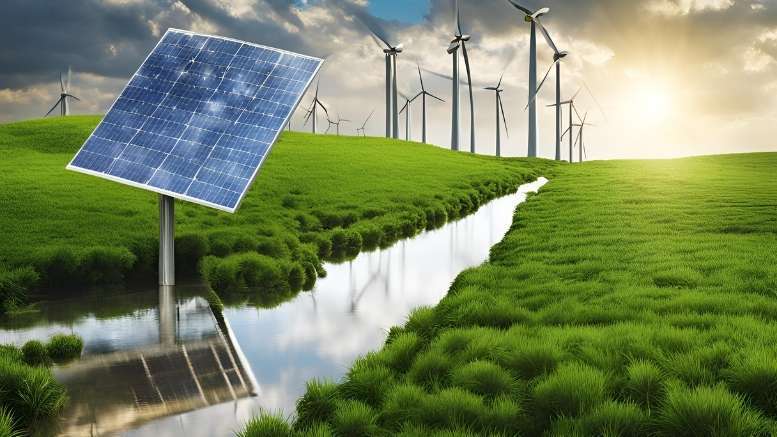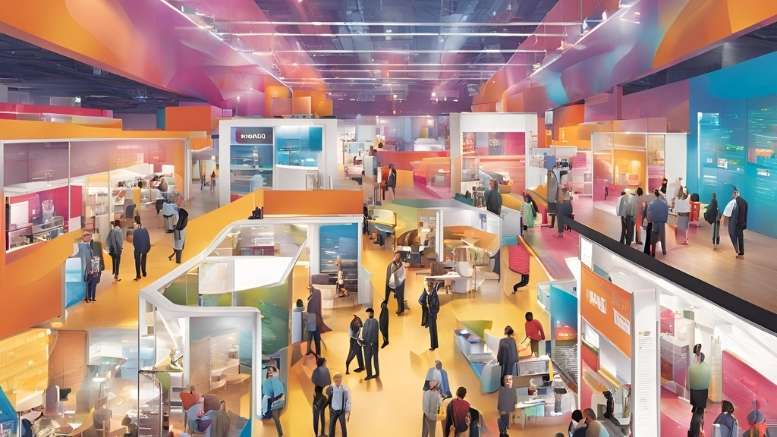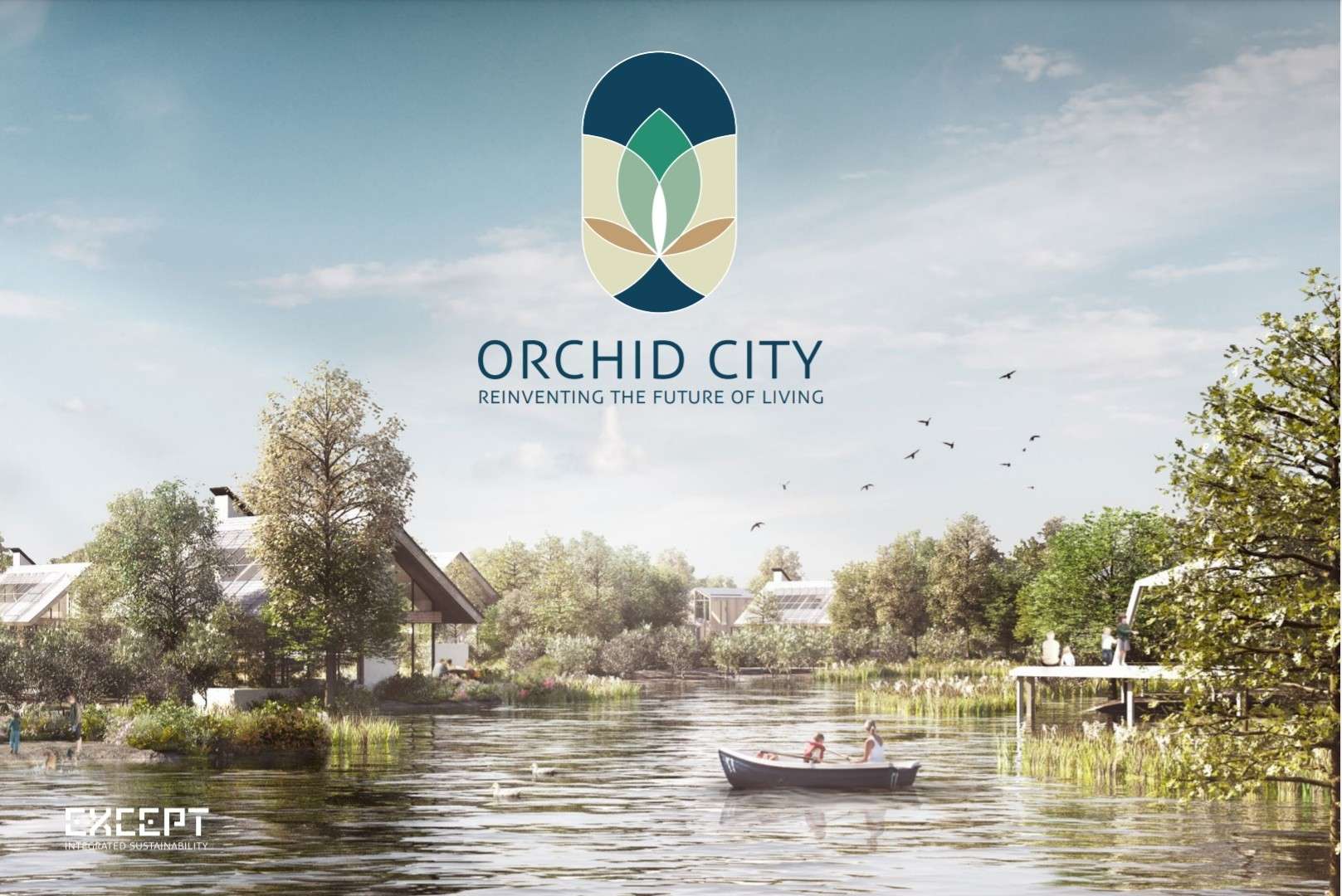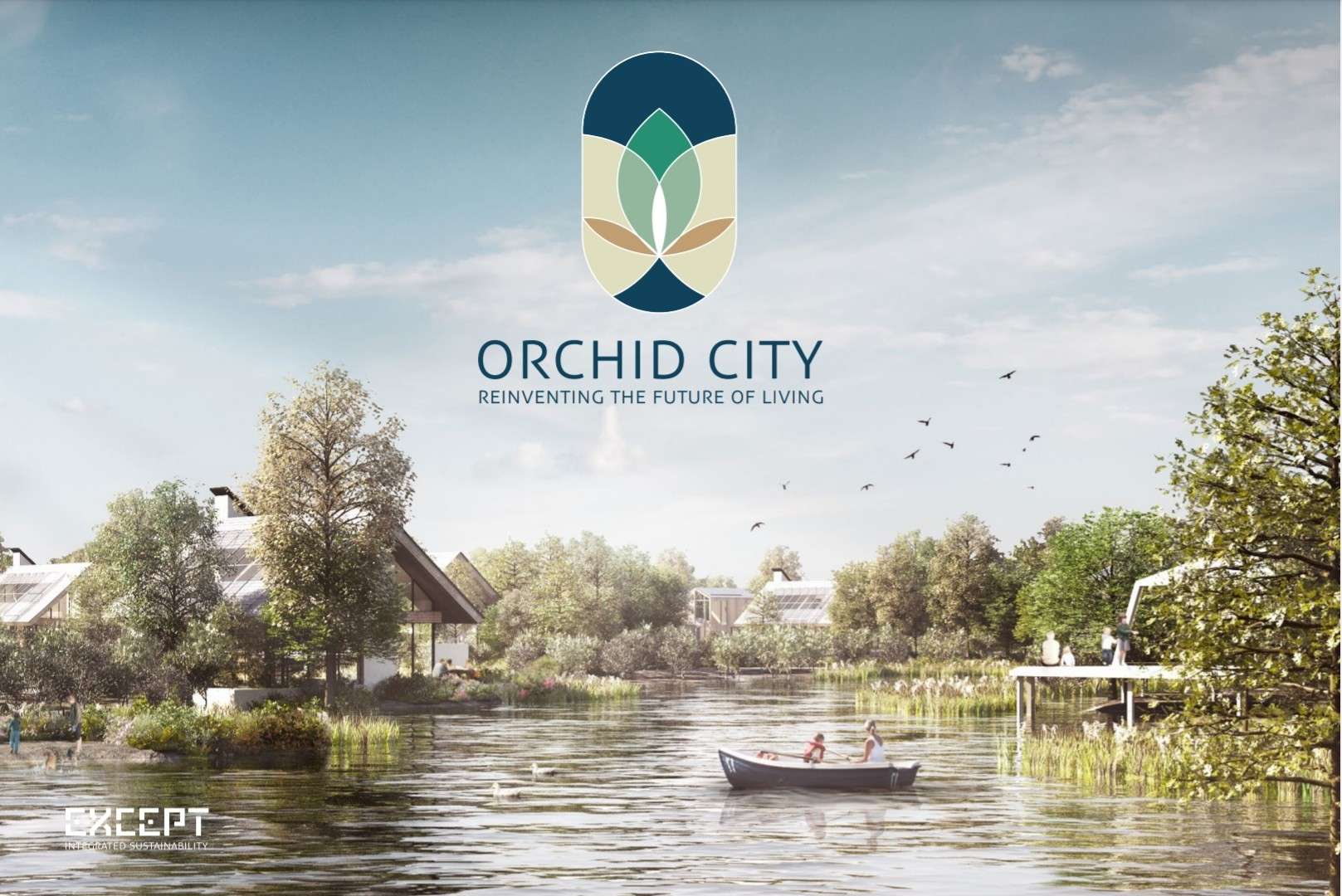FINANCE
The Importance of Purpose-Led Firms

Investor Relations
Global Corrugated Fiberboard Machinery Market—Forecast to 2032
Automation and intelligent integration are improving manufacturing efficiency and meeting the growing demand for sustainable and customizable packaging solutions.
The global corrugated fiberboard machine market is segmented by technology type, machine type, and end user. The market is growing due to e-commerce, rising demand for retail packaging, and eco-friendly packaging solutions.
Leading manufacturers are implementing monitoring, automated diagnostics, and predictive maintenance to optimize productivity. The market continues to invest in lightweight, recyclable material handling equipment.
Integrated intelligent systems such as IoT-enabled monitoring and digital printing are improving productivity and reducing manufacturing costs. Asia Pacific dominates the market with the largest revenue share. North America is the fastest growing region in the market with a projected growth rate of 5.6% between 2025 and 2032.
News from www.ir7.com
Economics
IR in IPOs of biotech companies
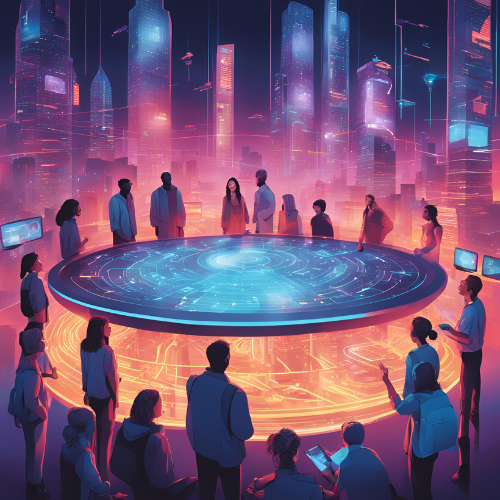
IR in IPOs of early-stage biotech companies: from scientific hypothesis to investor trust
IPO for biotech startups is a test of trust formed by IR: trust in science, in technology, in the team, in the company’s ability to build transparent, sustainable communication with the market.
The right IR strategy turns a high-risk placement into a market success. The combination of IPO and IR is critical for biotech. Investor Relations in biotechnology is a tool for shaping the perception of scientific history.
One of the tasks of IR in the framework of IPO is to translate scientific and technical information into the language of value for the investor.
News from www.ir7.com
Economics
FLIP THE SCRIPT: RESTORATIVE ENERGY POWER

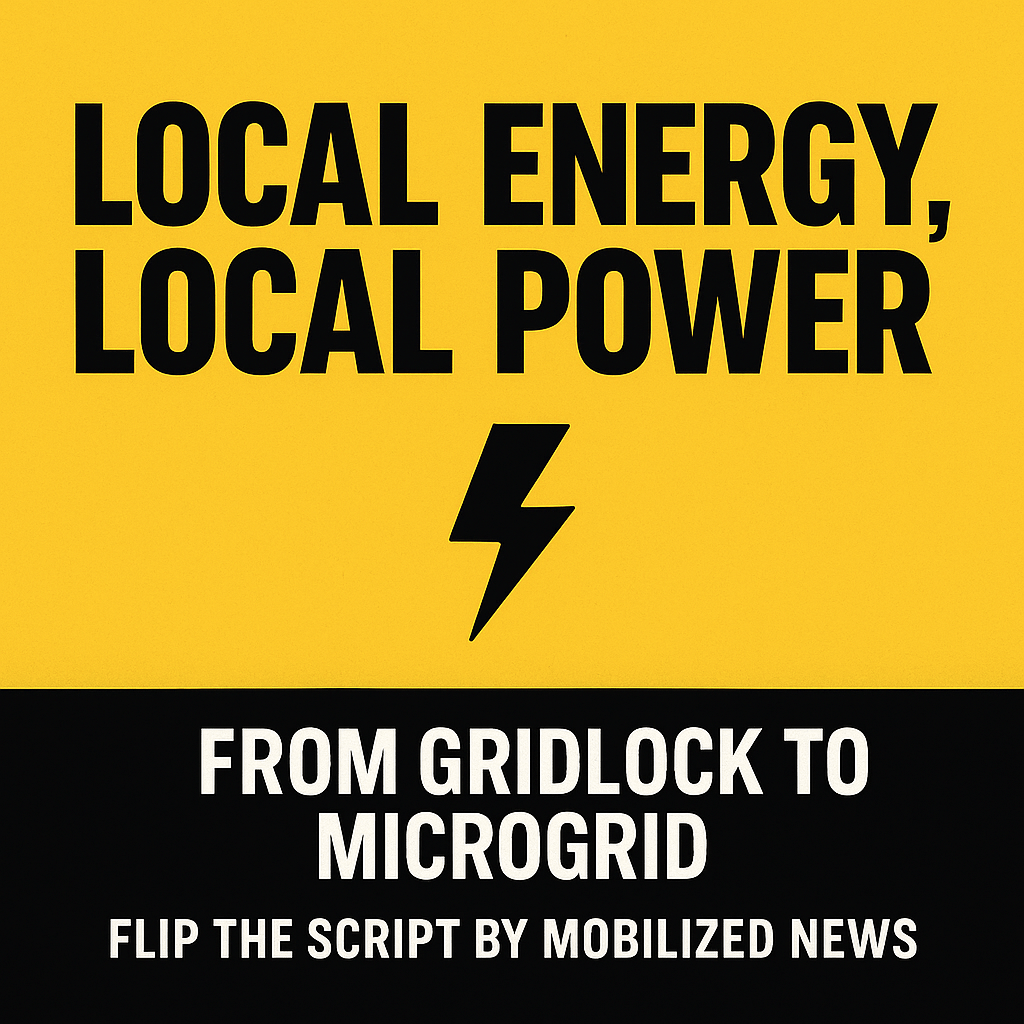
The energy system most of us rely on?
It’s dirty.
It’s centralized.
It’s owned by corporations who profit while we pay —
financially and environmentally.
Fossil fuels fuel climate collapse.
Utility giants keep raising prices.
Blackouts and breakdowns hit the most vulnerable first.
⚡ And “green” energy?
Too often, it’s just the same system with solar panels slapped on top.
So what do we do?
We flip it.
We build local, community-owned, renewable energy systems that serve the people — not shareholders.
Here’s how we start:
1. Shift from centralized to distributed power.
Instead of one giant grid, imagine thousands of neighborhood-based microgrids — solar-powered, battery-backed, resilient in storms, and locally maintained.
⚡ 2. Make energy a commons, not a commodity.
Energy is a basic human right.
Communities should own and govern their own power — through energy co-ops, public utilities, or hybrid models designed for justice, not profit.
3. Invest in regenerative energy — not just renewable.
Solar and wind are good — but let’s think bigger:
Can your energy system regenerate ecosystems?
Can it be built with recycled materials?
Can it reduce inequality?
That’s the next level.
4. Decolonize and localize your grid.
Corporate energy giants often exploit Indigenous land and push poor communities to the margins.
Energy justice means shifting decision-making to the people who are most impacted.
Decentralize. Democratize. Reclaim control.
5. Shrink demand. Redesign systems.
This isn’t just about switching fuels.
It’s about reimagining how much energy we actually need.
Smart, efficient homes. Community transit. Shared infrastructure.
Less extraction, more intention.
Here’s your action step for today:
✅ Research whether your city or town has a local energy co-op or public utility.
✅ If not — organize.
Host a teach-in. Start a solar bulk-buy program.
Link up with groups already flipping the script in energy — because they’re everywhere.
You don’t have to be an engineer to be part of the solution.
You just have to believe this truth:
We already have the tools to power our world differently.
Now we need the will — and the community — to do it.
[soft swell in outro music — slow, powerful, grounded rhythm returns]
This is FLIP THE SCRIPT.
The future of energy is regenerative.
And the power?
It belongs to the people.
Highlights of this episode:
- Connects energy with justice, localization, and regeneration.
- Offers visionary and grounded examples.
- Empowers people to take first steps without needing tech expertise.








